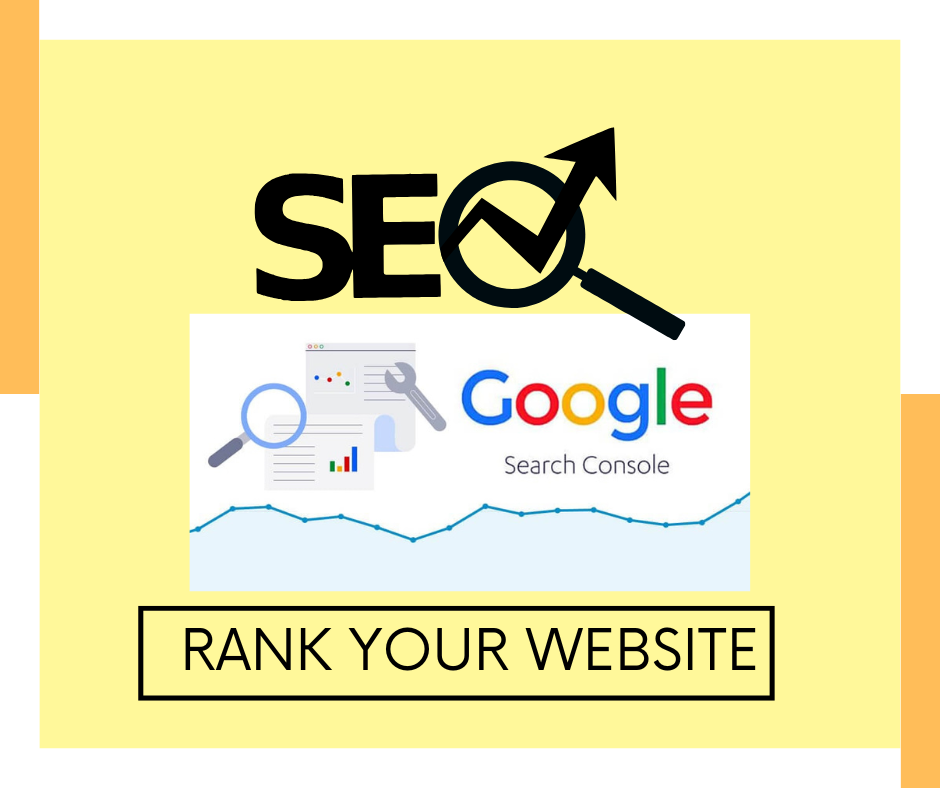Understanding Social Media Advertising
Social media advertising refers to the practice of using social media platforms to promote products, services, or brands. In today’s digital landscape, social media has become an integral part of many businesses’ marketing strategies. With billions of users interacting on platforms such as Facebook, Instagram, Twitter, and LinkedIn, the potential for reaching an extensive audience is tremendous. By crafting targeted advertisements, businesses can not only enhance their brand visibility but also directly engage with potential customers. Course for social media marketing
The importance of social media advertising lies in its ability to provide businesses with invaluable insights into consumer behavior and preferences. Unlike traditional advertising methods, social media offers advanced targeting options that allow advertisers to reach specific demographics, such as age, location, interests, and more. This ensures that marketing efforts are directed at the right audience, leading to improved conversion rates and a better return on investment. Social Media Advertising
Setting Up Your Social Media Advertising Account
To begin your journey into social media advertising, it’s essential to set up accounts across various platforms. Each platform has its unique interface and requirements, but this guide will simplify the process to ensure a smooth transition into digital marketing.
First, let’s start with Facebook. To access Facebook Ads Manager, you need to have a personal Facebook account. From here, you can create a business page if you haven’t already. Navigate to the “Ads Manager” from your Facebook page and click on “Create an Ad.” During this process, you will be prompted to set your budget preferences, choose your target audience, and select the ad format that aligns with your marketing goals. Ensure to link your business page to utilize its data effectively.
Next, if you wish to advertise on Instagram, you will need to convert your Instagram account to a business profile. This can be done directly through the Instagram app in the settings menu. Once you have a business account, connect it to your Facebook Ads Manager to utilize Instagram’s advertising features. You can now use the same audience targeting and budgeting capabilities available for Facebook ads.
Moving on to Twitter, access Twitter Ads by navigating to ads.twitter.com. You’ll need to provide some basic information, including your business details. You can create sponsored tweets and set your campaign objectives there. Additionally, consider utilizing Twitter’s audience targeting features to reach your desired demographic effectively.
Crafting Your First Social Media Ad Campaign
Creating your first social media ad campaign can be an exciting yet daunting task. Understanding the essential components is crucial for a successful outcome. The process begins with identifying your campaign objectives. These objectives can range from increasing brand awareness and generating leads to driving website traffic or boosting engagement on specific posts. Clearly defined goals will guide your strategy and help in measuring success. META ADS CAMPAIGNS
Next, defining your target audience is pivotal. Each social media platform offers robust targeting options that allow you to reach specific demographics based on interests, behaviors, and location. For instance, Facebook allows you to create custom audiences, while LinkedIn is beneficial for targeting professionals based on their industry and job roles. Tailoring your ads to resonate with the right audience increases your chances of success. Social Media Advertising
Once you have established your objectives and audience, it is time to choose the ad format. Different platforms provide various options such as image ads, video ads, carousel ads, and story ads. Familiarize yourself with the unique ad formats each platform offers, considering what may perform best for your specific message and audience engagement.
Measuring and Analyzing Ad Performance
Measuring and analyzing ad performance is a crucial component of successful social media advertising. Each platform offers unique tools and analytics to evaluate the effectiveness of advertising campaigns, allowing advertisers to make informed decisions. Key performance indicators (KPIs) serve as benchmarks for assessing performance; these may vary across platforms but commonly include click-through rates (CTR), conversion rates, reach, impressions, and overall engagement. Understanding these metrics is essential for gauging the success of your advertising efforts.
For instance, Facebook provides an Ads Manager with extensive analytics capabilities, enabling users to track metrics such as CTR, cost-per-click (CPC), and return on ad spend (ROAS). Similarly, Instagram allows you to assess engagement through likes, comments, shares, and saves, which are critical indicators of how well your ad resonates with your target audience. Twitter, on the other hand, emphasizes retweets, mentions, and hashtag performance, while LinkedIn focuses on profile visits and connection requests generated from advertisements. Familiarizing oneself with the unique metrics from each platform can enhance ad strategy significantly.
In addition to utilizing built-in analytics tools, advertisers should regularly review the gathered data to identify trends and patterns. By interpreting these metrics, you can determine which ad elements require adjustment. For example, if a specific image or call-to-action yields low engagement, modifying these aspects can lead to improved performance. Moreover, A/B testing different variations of ads allows marketers to refine their approach based on real-time feedback, fostering a culture of experimentation and learning.




